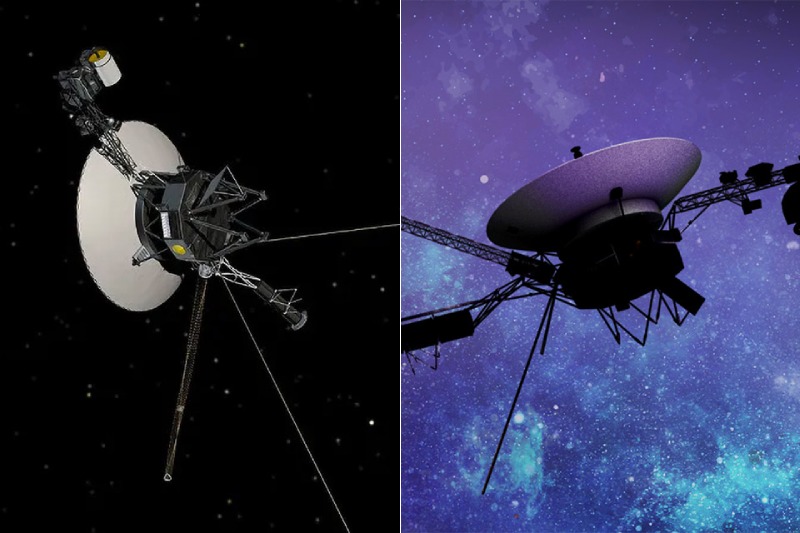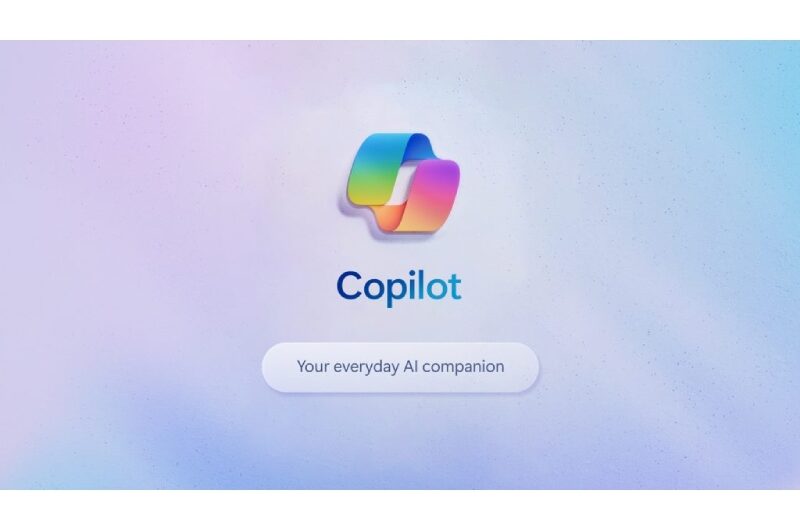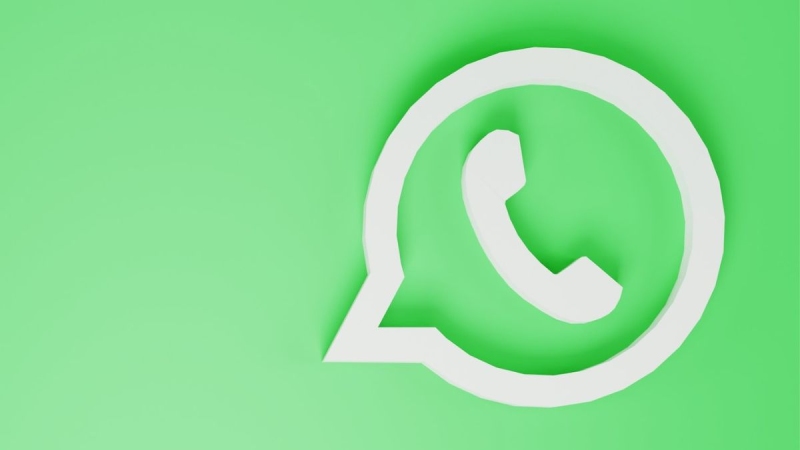The Voyager 1 spacecraft, which is currently outside the solar system, is now able to transmit useful data back to Earth thanks to a communication issue that NASA engineers are one step closer to fixing.
Voyager 1 was the first artificial object launched by humans into interstellar space, departing from the solar system in 2012. After accomplishing this, the spacecraft faithfully transmitted data to ground control for 11 years. This information described the functioning of space outside the solar system. The communications between Voyager 1 and ground operators ceased to make sense in November 2023.
To be clear, though, Voyager 2, which left the solar system in 2018 after its sibling spacecraft, is still in operating and in contact with Earth.
The engineering crew of Voyager 1 had previously stated, “Effectively, the call between the spacecraft and the Earth was still connected, but Voyager’s ‘voice’ was replaced with a monotonous dial tone.”
One of the three onboard computers on Voyager 1 appears to be the source of the problem: the flight data subsystem (FDS). According to NASA, this computer is in charge of encapsulating scientific and engineering data before the spacecraft’s telemetry modulation unit sends it to Earth.
When the Voyager mission crew noticed activity from one area of the FDS that was distinct from the remainder of the computer’s jumbled data stream on March 3, it was a step in the right direction toward resolving communications problems between ground control and Voyager 1.
The binary code, or 1s and 0s, used by Voyager 1 to communicate with Earth is a computer language that has no meaning as of the end of the previous year. The operating crew was first uncertain about the newly received signal because it is still not in the proper format that Voyager 1 should be using when FDS is operating as intended.
This was to change, though, when an engineer at NASA’s Deep Space Network saw the code. Voyager 1 and its interstellar twin, Voyager 2, as well as other NASA spacecraft closer to Earth, are communicated with via radio antennas. After decoding the outlier signal, the unidentified engineer found that it contained a readout of the full memory of the FDS.
Performance instructions and code values that can alter if the spacecraft’s status changes or if instructed to do so are encoded with the FDS memory. The memory also stores engineering and scientific data that must be transferred back to Earth.
Now, the crew will compare this new signal—which came about as a result of a prompt, or “poke,” from mission control—with information that was transmitted back to Earth shortly before Voyager 1 began emitting gibberish in binary. The crew will be able to identify the source of the problem more easily if they can find differences between the standard Voyager 1 data and this poke-prompted signal. The purpose of the poke was to get FDS to experiment with other software package sequences and see whether the communication problem could be fixed by working around a broken or corrupted portion.
Now that Voyager 1 is around 15 billion miles (24 billion kilometers) from Earth, resolving communication problems can be a laborious task. A radio signal from Voyager 1 takes 22.5 hours to arrive, and it takes an additional 22.5 hours for the Deep Space Network’s antennas to respond.
This indicates that engineers began attempting to decode the signal on March 7 after receiving the findings of NASA’s poking on March 3. They discovered the signal includes an FDS memory readout three days later.
Scientists and engineers at NASA will keep examining this readout in an effort to get in touch with the groundbreaking space mission that helped humanity venture outside of our solar system.
Topics #NASA #Voyager 1










